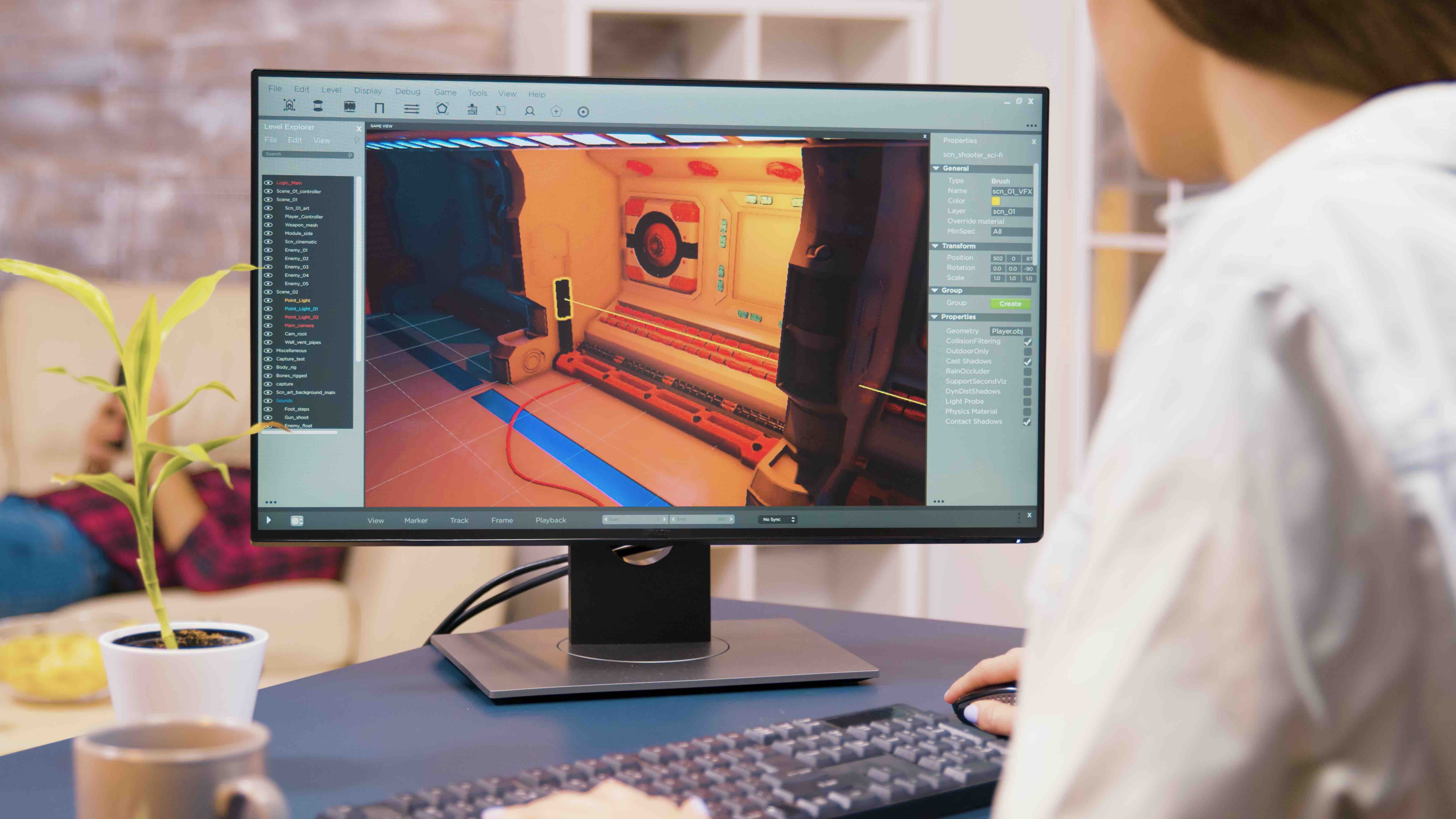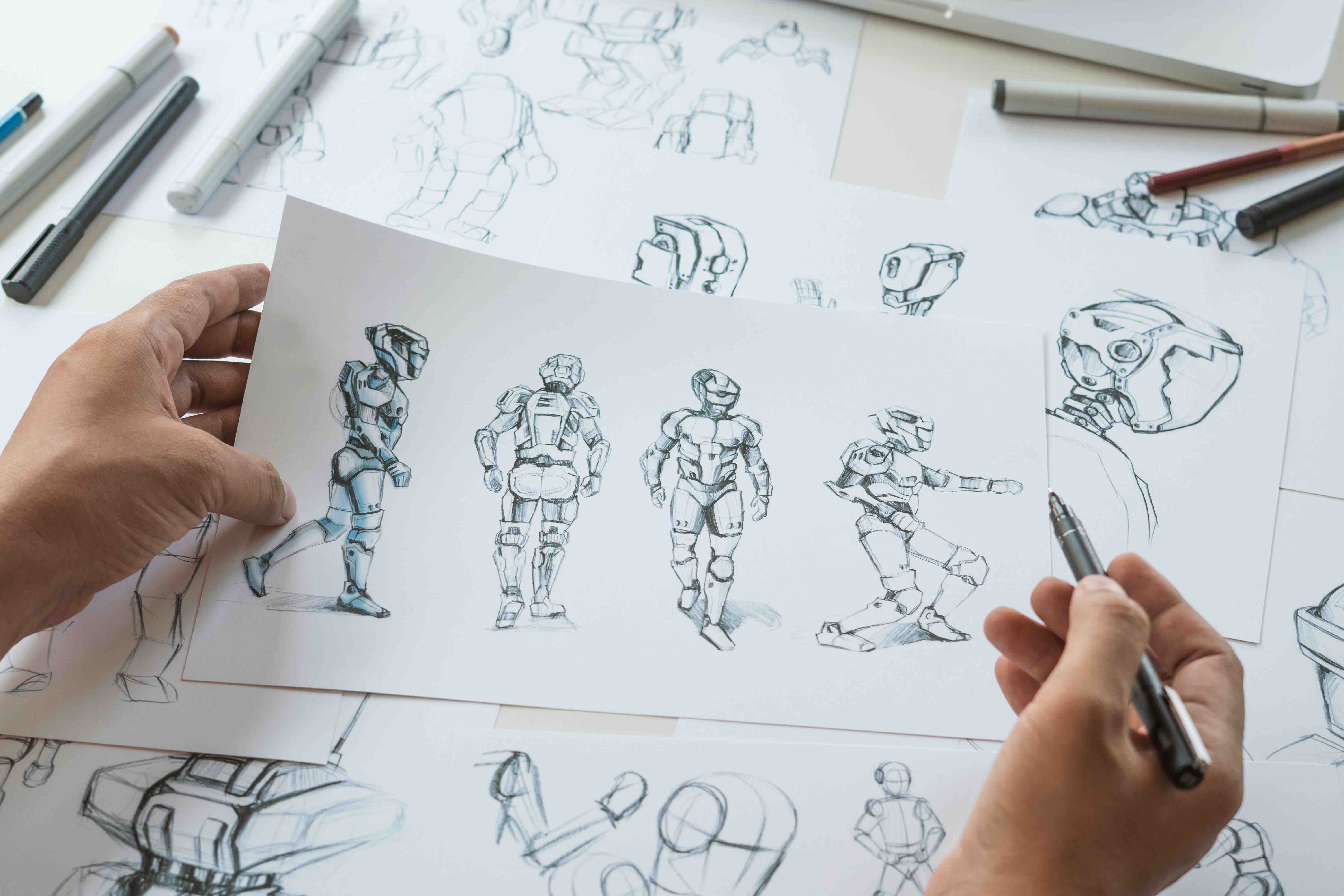
Animation has the power to transport us to imaginative worlds, elicit laughter, and evoke emotions. From classic hand-drawn animations to cutting-edge CGI, the art of animation has evolved over the years, captivating audiences of all ages. In this article, we will uncover eighteen animation facts that shed light on the history, techniques, and creative processes behind your favorite cartoons. Join us on a journey through the captivating world of animation!
Early Beginnings
Animation dates back to the late 19th century when pioneers like Émile Reynaud and Thomas Edison experimented with motion pictures and projected animations. These early inventions paved the way for the development of animation as we know it today.
Walt Disney’s Influence
Walt Disney played a pivotal role in popularizing animation as an art form. With the creation of Mickey Mouse and the release of “Snow White and the Seven Dwarfs,” Disney revolutionized the industry and established animation as a significant form of entertainment.
Hand-Drawn Animation
Traditional hand-drawn animation involves creating each frame by hand, resulting in a fluid and expressive style. This labor-intensive technique requires skilled animators to bring characters and stories to life through intricate drawings.
Stop Motion Animation
Stop motion animation involves capturing a series of still images, moving objects or characters slightly between each frame. When played in sequence, the illusion of movement is created. Famous examples include “Wallace and Gromit” and “The Nightmare Before Christmas.
Computer-Generated Imagery (CGI)

CGI revolutionized animation by allowing artists to create realistic and detailed visuals using computer software. Films like “Toy Story” and “Frozen” showcase the capabilities of CGI, bringing characters and worlds to life with stunning visual effects.
Voice Acting
Voice acting is a crucial element of animation, as talented actors bring characters to life through their vocal performances. From the iconic voices of Mel Blanc to contemporary talents like Tom Hanks and Kristen Bell, voice actors play a significant role in giving animated characters their unique personalities.
Animators as Storytellers
Animators are not just skilled artists; they are storytellers who use movement, expressions, and visual cues to convey emotions and narratives. They bring scripts and storyboards to life, infusing the characters with personality and creating memorable moments.
Motion Capture Technology
Motion capture technology captures the movements of real-life actors and translates them into digital animations. This technique adds a level of realism to animated characters and allows for more natural movements and expressions.
International Animation
Animation is a global art form, with each culture bringing its unique styles and storytelling traditions to the medium. Japanese anime, French animation, and Indian animation are just a few examples of the diverse and vibrant world of international animation.
Frame Rate and Smooth Animation
The frame rate determines the smoothness of the animation. Traditional animation typically uses 24 frames per second (fps), while modern CGI often operates at 30 or 60 fps. Higher frame rates result in smoother and more realistic movements.
Animating with Keyframes
Keyframing is a technique where animators create a few key poses or positions for a character, and the software interpolates the in-between frames. This method allows for efficient animation production while maintaining control over the character’s movements.
Animation in Advertising
Animation plays a significant role in advertising, bringing products and stories to life in creative and engaging ways. Animated commercials can capture attention, convey messages effectively, and create memorable brand experiences.
Animated Shorts
Animated shorts provide a platform for experimentation and artistic expression. These bite-sized films often showcase unique animation styles, creative storytelling, and visual innovation, pushing the boundaries of the art form.
Animating Emotions
Animation has the power to evoke emotions through visual storytelling. Whether it’s the joy in a character’s smile, the sadness in their eyes, or the excitement in their movements, animators masterfully convey emotions that resonate with audiences.
The Role of Sound Design
Sound design is crucial in animation, enhancing the viewer’s experience and complementing the visuals. From background music and sound effects to dialogue and voice acting, sound design brings depth and immersion to animated worlds.
Animating for Video Games

Animation plays a vital role in the world of video games, bringing characters and environments to life in interactive experiences. Game animators create lifelike movements, combat sequences, and dynamic actions that enhance the gameplay and storytelling.
Collaborative Process
Animation is a collaborative process that involves multiple artists, designers, and technicians working together. From concept artists and animators to storyboarders and sound engineers, each individual contributes their expertise to create a cohesive and visually stunning final product.
Animation as an Art Form
Animation is not limited to entertainment; it is an art form that can explore complex themes, social issues, and imaginative storytelling. Animated films like “Spirited Away” and “WALL-E” showcase the depth and impact that animation can have on both children and adults.
Conclusion
In conclusion, animation is a dynamic and ever-evolving art form that continues to captivate audiences worldwide. From the early pioneers to the modern digital age, animation has transformed the way we tell stories and experience visual entertainment. So, sit back, enjoy the magic of animation, and appreciate the creativity and dedication that goes into bringing your favorite cartoons to life!
Frequently Asked Questions (FAQs)
How long does it take to create an animated film?
The time required to create an animated film varies depending on the complexity, style, and length of the project. It can take several months to several years to complete a full-length animated film, depending on the production scale and resources available.
What software is commonly used for animation?
There are several software programs commonly used for animation, including Adobe Animate, Toon Boom Harmony, Autodesk Maya, and Pixar’s RenderMan. The choice of software depends on the specific needs of the project and the preferences of the animators.
Is animation only for children?
While animation is often associated with children’s entertainment, it encompasses a wide range of genres and themes that cater to audiences of all ages. Animated films and series can explore complex narratives, tackle mature themes, and offer entertainment for viewers of all backgrounds.
How has animation evolved over the years?
Animation has evolved significantly, from hand-drawn animations to the rise of CGI and digital techniques. Technological advancements have allowed for more realistic visuals, complex character animations, and greater creative possibilities in storytelling.
Are all animations created digitally?
While digital animation has become the dominant form, traditional hand-drawn animation and stop-motion techniques still have their place in the industry. Many artists continue to explore and combine different animation methods to create unique and visually stunning works.
Was this page helpful?
Our commitment to delivering trustworthy and engaging content is at the heart of what we do. Each fact on our site is contributed by real users like you, bringing a wealth of diverse insights and information. To ensure the highest standards of accuracy and reliability, our dedicated editors meticulously review each submission. This process guarantees that the facts we share are not only fascinating but also credible. Trust in our commitment to quality and authenticity as you explore and learn with us.


